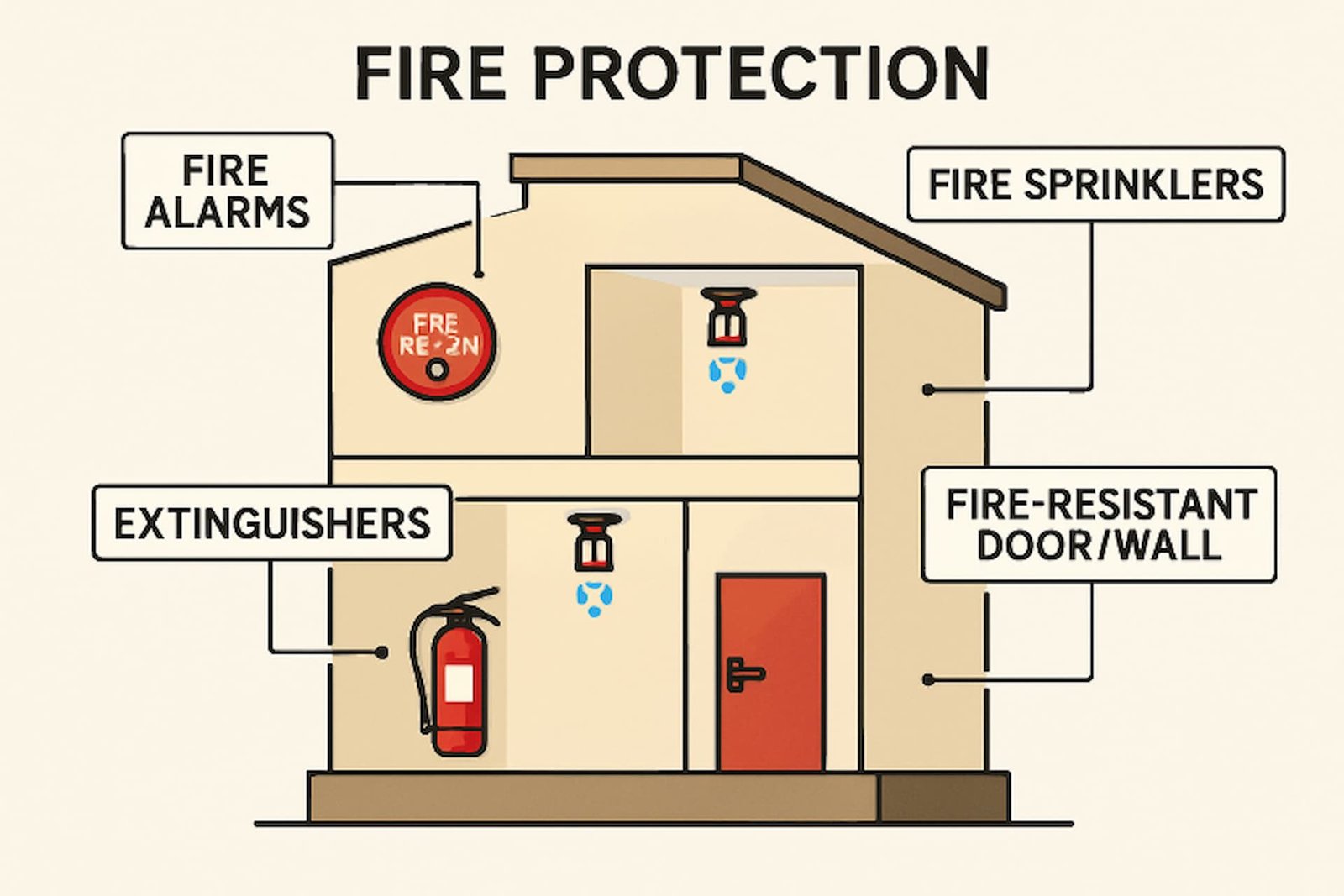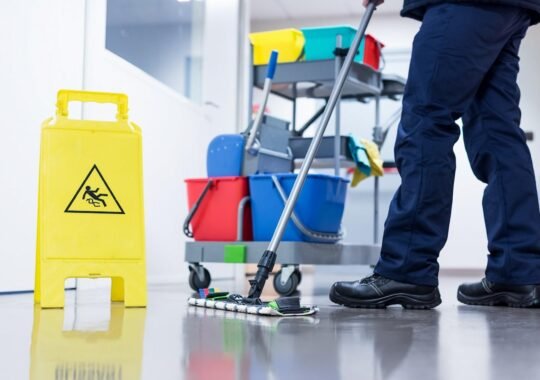Key Takeaways
- Comprehensive fire protection systems are essential for safeguarding lives and property.
- Regular maintenance and adherence to updated regulations ensure system effectiveness.
- Technological advancements are enhancing fire detection and suppression capabilities.
Introduction
Building owners and managers must prioritize occupant safety and property protection through proactive planning, reliable fire protection systems, and swift coordination with emergency response teams. Modern fire protection frameworks combine robust infrastructure, stringent maintenance, and advanced technologies to meet regulatory standards. Staying connected with local resources and an emergency response team is crucial for building resilience and preparedness. Partnering with a trusted restoration company ensures rapid restoration after incidents, protecting building integrity and minimizing downtime. This approach supports business continuity and occupant comfort.
Components of Fire Protection Systems
Fire protection systems are a blend of active and passive elements, each serving a distinct but complementary role in minimizing fire risks. Active components, such as fire alarms, sprinkler systems, smoke detectors, and extinguishers, are designed to detect and suppress fires as soon as they occur, often triggering an immediate emergency response. Passive components (fire-resistant walls, doors, ceilings, and floors) are built to contain fire and smoke, restricting their spread and giving occupants vital extra time to evacuate safely.
Integrating these elements creates a layered safety strategy, where early detection, physical barriers, and effective suppression all contribute to limiting fire damage and saving lives. Modern fire protection strategies also emphasize smart system integration, enabling detectors and alarms to work seamlessly with building management systems for more coordinated emergency procedures.

Importance of Regular Maintenance
Even the most sophisticated fire protection systems, including those maintained by a restoration company, require ongoing maintenance to remain fully functional. Routine inspections, testing, and servicing can uncover hidden issues such as corroded sprinkler heads, blocked emergency exits, faulty wiring, or depleted extinguisher charges. According to the National Fire Sprinkler Association, system failures are often linked to neglect or lack of regular maintenance, especially in older infrastructure. Scheduled checkups help ensure every component operates as intended when it matters most, reducing the potential for malfunction during a crisis.
Proper maintenance isn’t just about compliance; it also extends the service life of expensive equipment and maintains insurance eligibility, directly benefiting asset management and operational costs.
Compliance with Fire Safety Regulations
Fire safety regulations exist to protect lives, property, and communities. They’re continually updated to reflect emerging hazards, scientific advances, and new technologies. Recent regulatory changes emphasize the installation of advanced fire detection systems, integration with emergency notification protocols, and comprehensive record-keeping to document compliance. Staying current with evolving codes—whether from local authorities, state law, or organizations such as the NFPA—prevents costly citations and legal liabilities while contributing to a safer built environment.
Legal compliance is also a matter of ethics and social responsibility; property managers and owners are duty-bound to protect not only their own investments but also the community and environment around them.
Technological Advancements in Fire Protection
Rapid technological developments have revolutionized fire safety. Multi-sensor fire detectors now provide more precise identification of different threats by monitoring smoke, heat, and even gas concentrations. This reduces false alarms and provides faster, more targeted responses. Integration with building automation enables real-time system monitoring, instant notifications to emergency teams, and remote operation of fire protection measures, even before human responders arrive.
Smart sensors, wireless alarms, and IoT-enabled systems foster improved communication with local responders for seamless emergency management. These advancements also make it easier to analyze historical incident data—facilitating continuous safety plan improvement and strategic investments for the future.
Best Practices for Building Owners and Managers
- Conduct Regular Fire Risk Assessments: Consistently evaluate hazards, update safety plans, and implement necessary improvements to detect and address potential fire risks proactively.
- Ensure Proper Installation and Maintenance: Hire licensed professionals for system installation and routine upkeep to guarantee compliance and operational readiness.
- Stay Informed About Regulations: Monitor updates to local and national fire safety codes to ensure ongoing regulatory adherence.
- Invest in Training: Train building staff and occupants on proper use of fire systems and emergency response procedures to reduce panic and improve coordinated evacuation.
- Leverage Community Resources: Foster relationships with local first responders and emergency planners, which can bolster your building’s resilience and speed up recovery following an incident.
By prioritizing advanced, well-maintained fire protection systems and remaining committed to best practices, building owners and managers cultivate safer environments—protecting both people and assets while building enduring trust.





